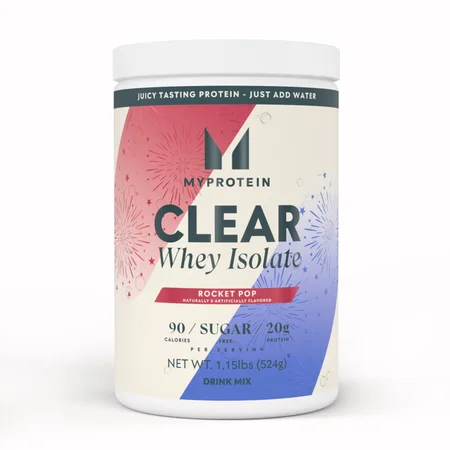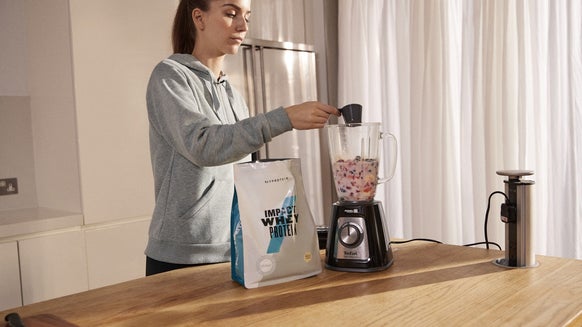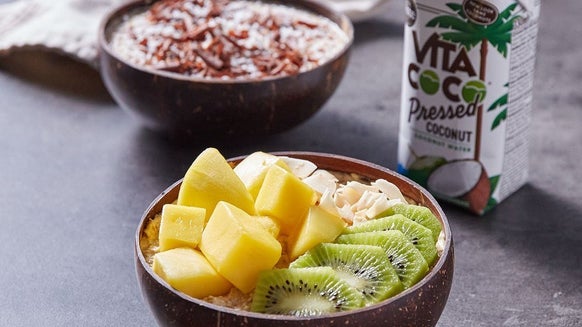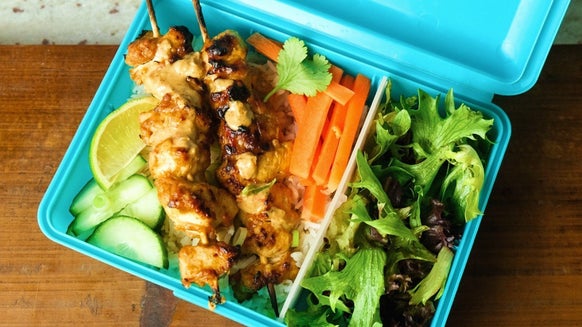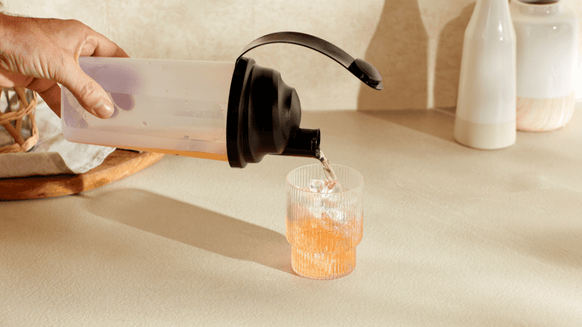A Healthy Shopping List For Muscle Gain & Weight Loss
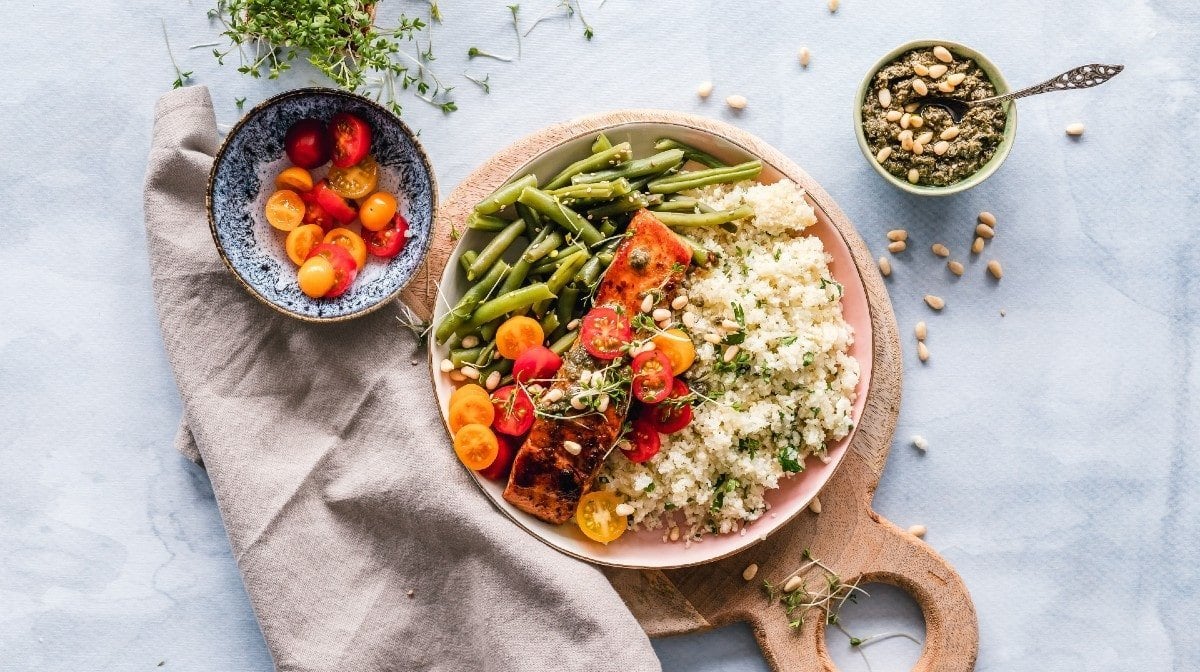
- Essentials of a healthy shopping list
- Weight loss shopping list
- Shopping list for muscle gain
- Healthy shopping list on a budget

Essentials of a healthy shopping list
Your body needs protein, fats and carbs for everything, from when you’re sat still to when you’re running or lifting weights.
Calories are simply a unit measurement of energy. To lose weight you need to be in a calorie deficit or negative energy balance. This is where you’re consuming fewer calories than you’re expending. If you’re looking to gain weight and muscle, a mild to moderate calorie surplus of around 250-450kcals would be appropriate.1 By understanding the calorie content of your foods, you can make informed choices that fit your energy requirements. For example, protein and carbohydrates have 4 calories per gram, fat has 9 calories per gram.
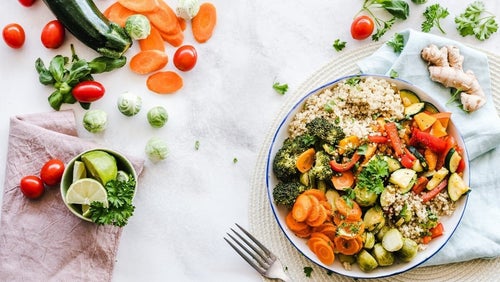
How To Calculate A Calorie Deficit In 3 Steps
How to figure out what calorie deficit you need to reach your goals.
Your healthy shopping list needs to meet your calorie requirements. That means reading labels to understand their contents, and it also means identifying the best foods that provide what you need. But, it’s not as hard as it sounds!
There are several crossovers in shopping lists for people who are looking to build muscle, and those that are looking to lose fat. The difference is in the quantity that you consume and the kind of training that you do.
Looking for specific food items to write down on your list? First of all, decide your aim, and then take a look through our healthy shopping lists for muscle gain and fat loss.
Weight loss shopping list
When you’re aiming to cut your calories for weight loss, don’t think diet, think healthy shopping list.
The idea of a diet can be detrimental, and sound more like depriving yourself, when in fact it’s more about awareness and management of your needs.
The wrong food for weight loss fuel includes refined carbohydrates, which digest at a fast rate and aren’t filling. These include takeaways, processed and junk food. The answer is simply to find alternatives.
Food sources that will help make you feel full but are low in calories are the best options. These include lean protein foods such as chicken and tuna and high-fibre carbohydrates sources like wholegrain rice. Adding plenty of vegetables or salads to your meals will also help increase the volume of your meals – you’ll still be eating plenty of food but the calorie content of your meal will still be low.
Here’s a healthy shopping list that will help with weight loss:
Bread and cereals Whole-grain bread Whole-grain cereal Oats Lean meat and fish Brown rice Whole-grain pasta Quinoa, barley, other whole grains Dried beans and lentils Dried lentils Dark green leafy vegetables; spinach, kale, chard Colourful vegetables ‘Mixer’ veg that you can use in salads and other recipes like lettuce, red onions, carrots, celery, jicama Fruits, nuts and berries for snacking Yoghurt Low-fat dairy - Eggs
Looking for more weight loss advice? Read this next:
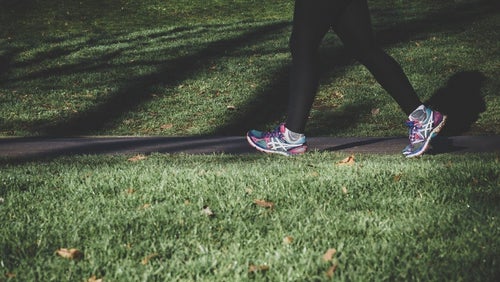
11 Ways To Break A Weight Loss Plateau
A break from your diet could be what's needed.
Shopping list for muscle gain
Muscle gain requires consuming a higher amount of protein and carbs to achieve a surplus of calories. A calorie deficit, or in other words more physical activity than calorie intake, will result in weight loss.
But it’s not just about cultivating mass. You should increase your dietary and supplementary intake as you increase your workload in the gym, otherwise you’ll face the task of cutting fat while developing muscle – this is something many argue is done best simultaneously from the ground up.
Here’s a healthy protein shopping list:
Lean ground beef Chicken breasts Eggs Greek yoghurt Oily fish Cottage cheese Whey protein supplements BCAA supplements Nuts and seeds Plant-based protein sources like tofu, soy, tempeh and seitan
Here’s a healthy carb shopping list:
- Brown rice
Wholemeal bread Quinoa High-fibre wholemeal cereal Oats Beans Fast-digesting carbohydrate supplements for after a workout
A healthy shopping list on a budget
Eating healthily can be made affordable. It isn’t about what you have to spend, it’s how you spend it.
First of all, pay attention to the protein, carbohydrates and fat you need and identify the foods that provide those.
Another healthy tip is to bulk buy and invest in storage so that you can make meals by the pan load, and then split them into separate meals that you can freeze for later in the week.
A list of healthy essentials that you can buy in bulk and make last might look something like this:
Lean ground beef Chicken breast Eggs Greek yoghurt Tinned fish - Fruit and nut mix
Leafy greens Brown rice Brown bread Whole grain pasta High-fibre cereal Oats Beans
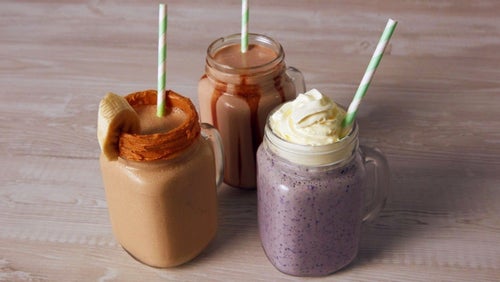
3 Budget-Friendly Bulking Shakes
Making those gains doesn’t have to break the bank.
Take home message

How To Calculate A Calorie Deficit In 3 Steps
How to figure out what calorie deficit you need to reach your goals.

11 Ways To Break A Weight Loss Plateau
A break from your diet could be what's needed.

3 Budget-Friendly Bulking Shakes
Making those gains doesn’t have to break the bank.

Liam is a certified sport nutritionist with the International Society of Sport Nutrition and is enrolled on the British Dietetics Association’s Sport and Exercise Nutrition register. He has a Bachelor’s of Science in Sport and Exercise Science and is graduate of the ISSN Diploma in Applied Sport and Exercise Nutrition.
Liam is an experienced personal trainer, helping clients reach their health and fitness goals with practical, evidence informed exercise and nutrition advice.
In his spare time Liam has competed in numerous powerlifting competitions and enjoys hill walking, football and expanding his recipe repertoire in the kitchen. Find out more about Liam's experience here.
- Slater GJ, Dieter BP, Marsh DJ, Helms ER, Shaw G, Iraki J. Is an Energy Surplus Required to Maximize Skeletal Muscle Hypertrophy Associated With Resistance Training. Front Nutr. 2019;6:131. Published 2019 Aug 20. doi:10.3389/fnut.2019.00131
